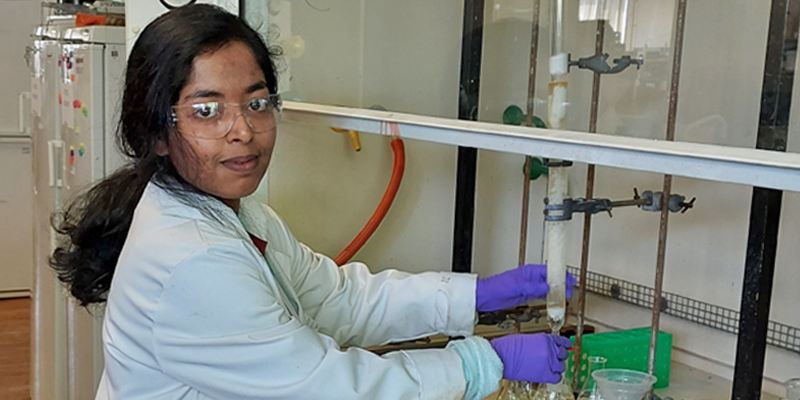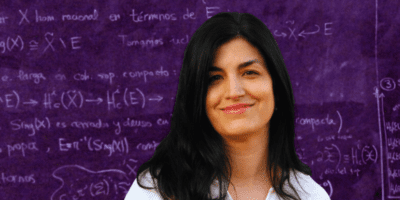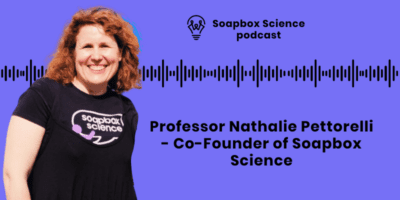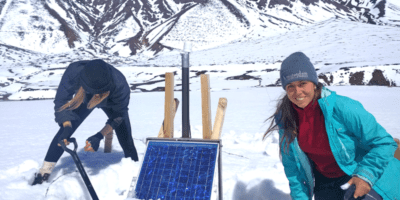Labani Biswas is a PhD Researcher working on the synthesis of supramolecules, harnessing their biological applications for cancer diagnosis and treatment. In her Soapbox Science talk, she introduces her research developing supramolecular complexes, including nanomaterials, for cancer theranostics. The title of her talk is “A date with graphene quantum dots at the South Bank” and it will take place at 2pm on Saturday 27th May 2023 at Queen’s Stone, Riverside Walkway (by Gabriel’s Wharf), South Bank, London, SE1 9PP.
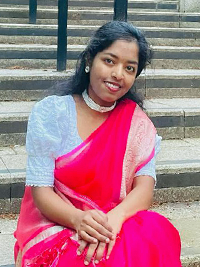
“I believe that bringing science to the public and inspiring the next generation are important responsibilities. And what better way than shouting loud and clear from atop a box: “Women belong and thrive in science too!”. You never know how many shy little girls need to hear it — I certainly used to be one of them.”
Sparking curiosity
I always had a curious mind, and I am truly indebted to all my teachers from my former school JNV, Nadia, and the professors at my former university, the University of Kalyani, in West Bengal, India for keeping this spark of curiosity alive in me.
During my school days in India, our science teacher used to demonstrate for us engaging but safe experiments, for instance, the colour change of litmus paper in the classroom, to make science lessons fun and interactive. In my stubborn mind, I found this was where I wanted to be working, playing with colours and new findings, so I was driven to opt for chemistry in college. With the support of my college tutors, I went on to join a project at university as I wanted to gain real-life laboratory experience.
During my Master’s degree project, I studied computational analysis of an anticancer drug journey. For this, I also went through numerous literature reviews on the drug as well. During the same period, I was raising funds for critically ill patients suffering from various diseases, mainly cancer.
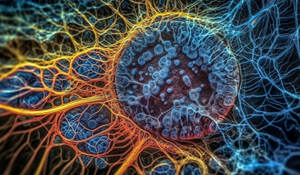
In one of my interactions, a family member of a patient said, “It’s a curse of karma, maybe from a past life, to see dear one suffering from cancer”, with utter hopelessness. This shook me. Then after extensive reading of literature on cancer, I decided that nothing could be more rewarding to me than to make a positive impact on people’s lives with discoveries in cancer theranostics, which is what I am doing now.
As determined to join a PhD, my professors did both from helping me with doubts to encouragement, and I cracked the national eligibility test(CSIR-NET, India) for pursuing doctoral studies, but when COVID happened, my supervisor, Professor AP Chattopadhyay and most of the university professors suggested applying to abroad for a PhD. Now I am in the second year of my PhD at the University of Birmingham under the supervision of another amazing professor, Professor MJ Hannon.
Lab life
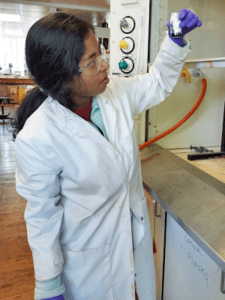
Other times, I am doing analysis running from floor to floor or simply sitting in the office getting my data documented. Each time I come up with a successful synthesis I treat myself with a pack of Cheetos or some croissants.
Making cancer treatment more effective and accessible
My research is focused primarily on cancer theranostics, meaning cost-effective diagnosis and targeted therapy with zero to minimal side effects. This involves nonconventional treatment and inorganic medicines for their cure. The entire goal is to normalise cancer and make its treatment effective and accessible to everyone by bringing down the cost with sustainability. We’re bridging the gaps between chemistry, materials, and biology, bringing them together to win over cancer and save lives. It’s a win-win.
Cancer is a widely variable disease in terms of biology, cause, and how it affects different patients. (This is often related to the genders of the patients.) Certainly, we need a better understanding of biology, chemistry, oncology, as well as biochemistry to come up with super-successful therapies.
Bringing scientists together
In research, different people can come up with multiple solutions for a problem or a situation where things are stuck. I highly appreciate collaboration and platforms where scientists discuss their problems and develop cross-border solutions without any barriers.
In my school days, for a project, I recorded my voice covering the topic of: “Science in daily life and how scientific attitudes can be beneficial in terms of health and nutrition.” I used to dream of reaching out to rural people through my voice, to help them with all inexpensive treatments/healthy habits. Later, I grabbed second position in a ‘Science in daily life’ demonstration competition.
The day I got the invitation from Soapbox Science, I felt like years later, across the river, another opportunity is calling me to connect people, so I applied.
Chemical companions
My Soapbox Science talk is about my research, developing supramolecular complexes including nanomaterials for cancer theranostics. I see this as a positive outcome of a ‘friendship’ between nanomaterials and inorganic complexes. I will try to catch the public’s attention but starting with the benefits of having friends. I am using a round (spherical) lamp as a prop to demonstrate visual analogy. My approach will be to discuss science without using scientific terminology or methods, like a catch-up with friends after a while.
So, there are companions in chemistry as there are in life. We can choose companions in chemistry to unite for our benefit! Friendship is always special, always.
Soapbox Science companions
The Soapbox Science community is fabulous. I was fascinated to look back through previous Soapbox Science feature issues of Womanthology. The people in them are inspiring and astonishing at the same time. I would love to connect with all the unique women, in particular material scientists, who work in areas aligned with my research to share ideas and discussions.
I do have a secret desire that one day I will meet all the people I read about in Womanthology issues, maybe at a Soapbox Science conference! This sounds like a great idea to be able to connect with scientists from other countries and institutes, being able to share ideas.
Bold ambitions
I am looking forward to sparking all those curious minds during my Soapbox Science talk with stories about using chemistry to help tackle cancer and engaging the audience in my research. I hope to rekindle the child in audiences, so that, the thought of how fun it is to be an empowering representative of the science field will come across their mind again. In the not-too-distant future, it is an ambition of mine to bring Soapbox Science to India, not only in cities but also to villages as well. From now on it is my dream to introduce Soapbox Science and Indian women’s research to each other! I realise this is a bold ambition, but I intend to make it happen.

